|
Rudolph Leo Minkowski (1895--1976) Rudolph Minkowski was an outstanding observational astronomer. He was experienced, skilled, understood telescopes and spectroscopes, what they could do and not do, and what he himself could and could not do. Physically strong, instrument designers and builders at Mount Wilson and Palomar Observatories where Minkowski worked (alongside E. Hubble, M. Humason, R. Feynman, W. Baade and others) said that their products not only had to be "astronomer-proof", but "Minkowski-proof". Minkowski's family was of Polish extraction. Rudolph was born in Strasbourg (then Germany). His uncle, Herman became a world-famous mathematics professor, first in Zuerich (where Einstein was one of his students), then Goettingen (where Herman realized that relativity could be best understood in a four-dimensional space, since known as "Minkowski spacetime"). Rudolph was educated in Breslau (modern-day Wroclaw, Poland). He served through most of World War I and after physics professorships at Goettingen and Hamburg, he escaped increasing oppression by emigrating to the United States in 1935, becoming a Research Assistant at Mount Wilson Observatory, where he remained for more than 20 years before transferring to Palomar Observatory. Minkowski classified emission-line spectra of supernovae (SNe) and studied their development with time. Combined with Baade's light curves, these studies and those of supernova remnants (SNR, particularly the Crab nebula) lead to designation of Type I and Type II (1941) and the use of SNe as standard candles. With Baade, Minkowski correctly identified the central star of the Crab nebula as an SNR (1942), confirmed almost 3 decades later as the first optically identified pulsar. Using a 10-inch Cooke telescope, Minkowski undertook a H-α survey, doubling the number of known planetary nebulae (PNe). His equipment was later relocated to South Africa, thus completing an all-sky survey. Minkowski continued narrow-band imaging and fine structure PNe studies with both Mount Wilson's 100-inch Hooker telescope and Polamar's 200-inch Hale telescope. He collaborated with Lick astronomer N. Mayall to measure the radial velocities of all PNe in a study of the kinematics of the old, disky component of Milky Way. Minkowski also examined velocity dispersions in elliptical galaxies and clusters of galaxies to determine central mass densities, laying the groundwork for the first galaxy scaling relation by Faber et al. (1976) and subsequent studies of supermassive black holes. From the 1950s (the embryonic years of radio astronomy) Minkowski became increasingly involved with radio source optical counterparts, isolating four categories: 1) supernova remnants, 2) Galactic nebulosities with large internal random velocities, 3) peculiar extragalactic objects, and 4) normal galaxies. He was responsible for the first optical identification of a discrete radio source: Cygnus A. In 1960, as a result of his final Palomar observing run, Minkowski broke the z=0.2 barrier observing the source 3c295 (z=0.46), which remained the highest observed redshift for 15 years. Trained as a specroscopist and a former associate of B. Schmidt, Minkowski pioneered the introducton of Schmidt cameras for spectrographs and designed two such instruments for the 100-inch Hooker telescope. Resulting from his interest in radio astronomy, Minkowski advocated for the Owens Valley Radio Observatory. Furthermore, Minkowski advocated for the 48-inch Palomar Schmidt telescope (1950) and from 1954 supervised the National Geographic Society-Palomar Observatory Sky Survey (POSS) to completion. The theses of C. R. (Bob) O'Dell (later HST project scientist), G. Abell and V. Trimble (workshop sponsor) were advised or examined by Minkowski. In 1961 Minkowski joined the faculty of UC at the Berkeley Radio Astronomy Laboratory from where he retired in 1965, but remained an active astronomer emeritus until his death in Berkeley. |
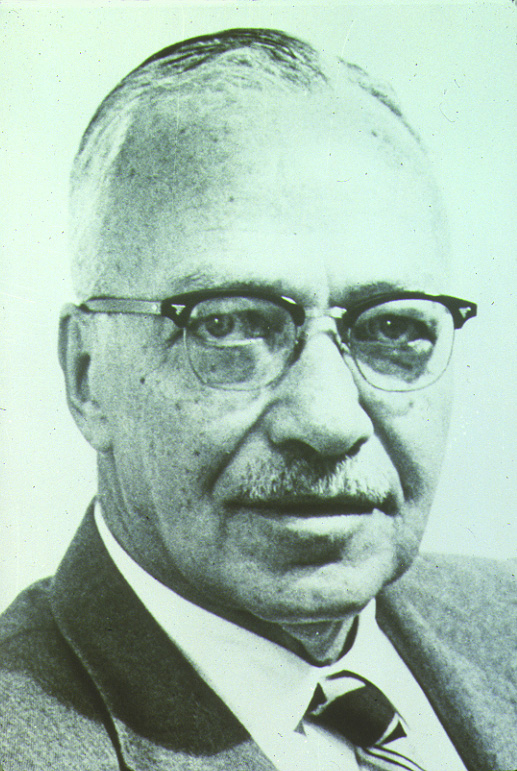
|
|
Virginia Trimble Virginia Trimble is Professor of Physics and Astronomy at UC Irvine and the oldest member of the department still on active duty. She is a graduate of Hollywood High School, UCLA, and Caltech (PhD 1968) and holds an honorary M.A. degree from the University of Cambridge (UK) and dottora honoris causa from the University of Valencia (Spain). She has been involved in governance in AAS, APS, IAU, IUPAP, PBK, Sigma Xi, ASP and some other organizations and is currently interested in the structure and evolution of stars, galaxies, and the universe, and of the communities of scientists who study them. |
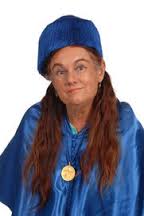
|
|
Elinor Gates Elinor is a staff astronomer at Lick Observatory specializing in laser guide star adaptive optics and near infrared camera instrumentation and observations. She received her Ph.D. in Physics/Astronomy from the University of New Mexico in 1998. Her current research interests are studying quasars and their host galaxies. |
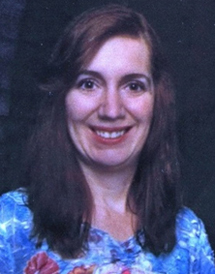
|
|
Paul Lynam Paul is a staff astronomer at Lick Observatory. An amateur astronomer since childhood, after UK-based undergraduate studies, master's research and a Ph.D. in astrophysics (2000), he spent three years at the Max-Planck-Institute for Extraterrestrial Physics (MPE, Germany). Having attended research observatories worldwide, he then joined the European Southern Observatory (ESO, Germany) and two years later, relocated to Chile, supporting operations of the Very Large Telescope (VLT). He continued as a VLT operations astronomer until late 2010. His research includes giant galaxies, clusters of galaxies, large-scale structure and "cosmic flows." |
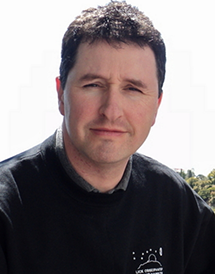
|
|
Patrick Maloney Pat Maloney has been actively involved with Astronomy since he ground an 8-inch mirror and built his first telescope as a high school freshman. He has operated telescopes for public viewing programs at various colleges and universities. He currently teaches astronomy labs at Santa Clara University. For many years, Pat has also operated the 36-inch and 40-inch telescopes for Lick Observatory’s summer evening programs. |
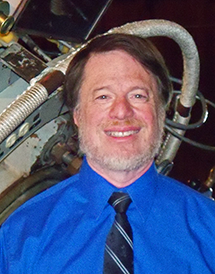
|